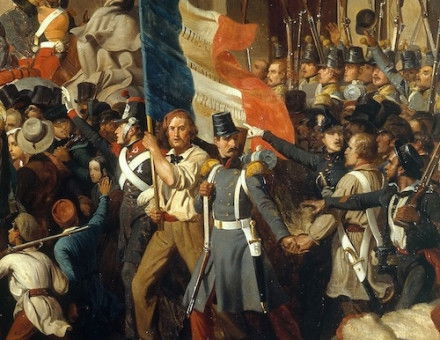The Three Faces of Henri, Duc de Rohan
Before his reconciliation with Richelieu in 1631, writes J.H.M. Salmon, the Huguenot Rohan was one of the more turbulent and skilful magnates of France.
At the end of the sixteenth century Henry IV ended four decades of civil war by l securing the obedience of the nobility of France and conceding religious toleration to the Huguenots.
After his death in 1610, neither his widow, the Regent Marie de Médicis, nor his son and successor, Louis XIII, had the presence and the personality to confront the turbulent magnates of the time.
They chose to govern through such favourites as the Italian adventurer, Concino Concini, the royal falconer, Albert de Luynes, and the ambitious and calculating prelate, Cardinal Richelieu. Among the opponents of these favourites was Henri, due de Rohan, whose dominating and decisive character appears in all his actions and his writings.
Opinions vary as to the role for which Rohan deserves to be remembered. Voltaire, who remarked how he was ‘deep in his designs’ and ‘turned every circumstance to his own advantage’, chose to emphasize the devious and opportunist chief of an aristocratic faction.





